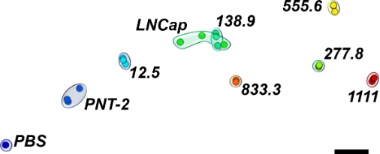


The American Urological Association (AUA) Symptom Index provides an objective assessment of BPH symptoms that helps determine treatment. Blood in the urine (hematuria) may herald BPH, but most men with BPH do not have hematuria. Frequent awakening at night to urinate (nocturia)Īs the bladder becomes more sensitive to retained urine, a man may become incontinent (unable to control the bladder, causing bed wetting at night or inability to respond quickly enough to urinary urgency).īurning or pain during urination can occur if a bladder tumor, infection or stone is present.The sensation that the bladder is not empty after urination is completed.A sudden strong desire to urinate (urgency).A weak stream of urine several interruptions in the stream.Difficulty starting to urinate despite pushing and straining.Surgery was the only option until the recent approval of minimally invasive procedures that open the prostatic urethra, and drugs that can relieve symptoms either by shrinking the prostate or by relaxing the prostate muscle tissue that constricts the urethra.īPH symptoms can be divided into those caused directly by urethral obstruction and those due to secondary changes in the bladder. By age 80, some 20% to 30% of men experience BPH symptoms severe enough to require treatment. However, treatment is only necessary if symptoms become bothersome. Symptoms related to BPH are present in about one in four men by age 55, and in half of 75-year-old men. Not long ago, a study found a possible genetic link for BPH in men younger than age 65 who have a very enlarged prostate: Their male relatives were four times more likely than other men to need BPH surgery at some point in their lives, and their brothers had a sixfold increase in risk.īPH produces symptoms by obstructing the flow of urine through the urethra. Benign prostatic hyperplasia, a noncancerous enlargement of the prostate gland, is the most common benign tumor found in men.Īs is true for prostate cancer, BPH occurs more often in the West than in Eastern countries, such as Japan and China, and it may be more common among black people.


 0 kommentar(er)
0 kommentar(er)
